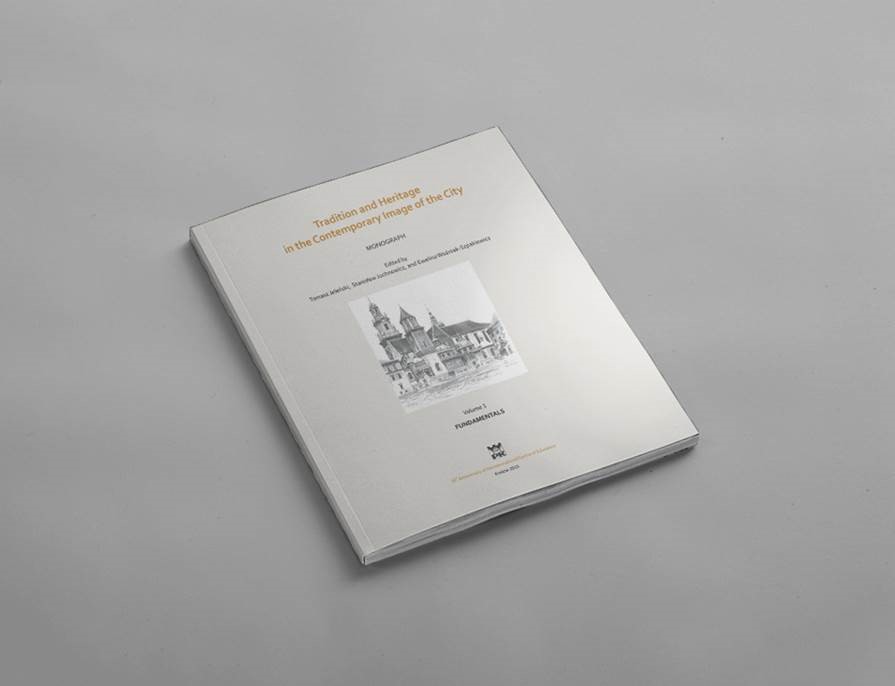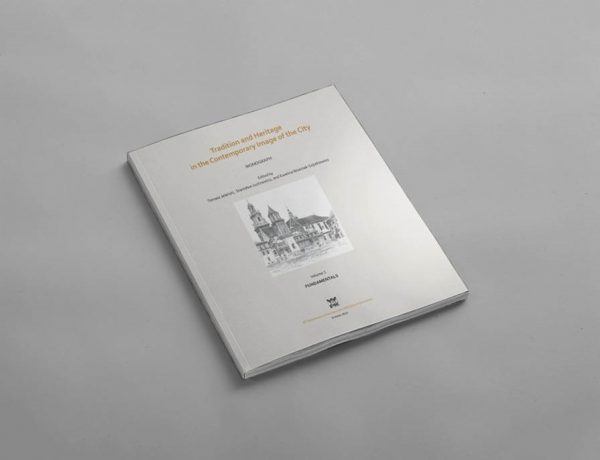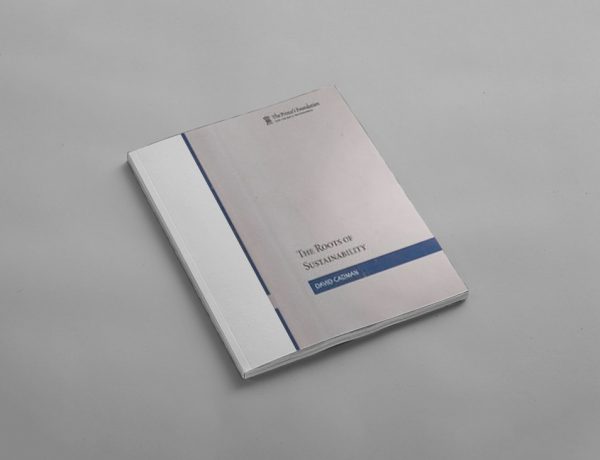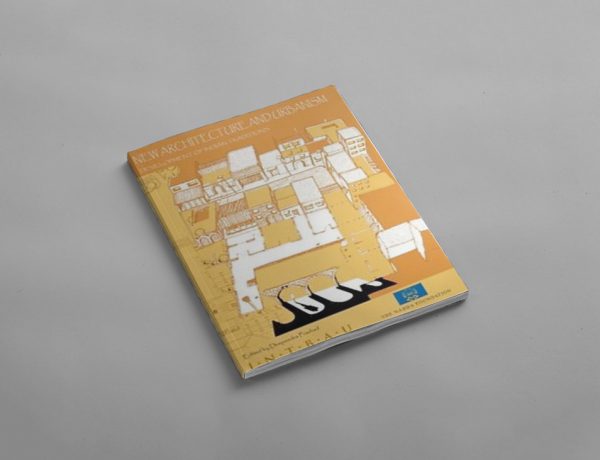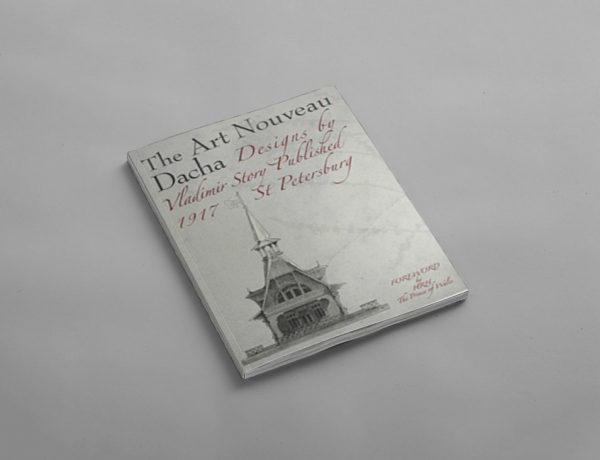Description
This anthology of essays, edited by Tomasz Jeleński and others, presents the diversity of approaches to the tradition and heritage of urban, architectural, and building design, and their place in the contemporary image of the city in a number of places and cultures around the world.
The tendencies and cases highlighted here are elaborated upon in the chapters of the three-volume monograph. Seventy authors, representing a varied and diverse range of places and schools, analyse on its pages the relations between contemporary architectural occurrences and particular traditions.
The overall tone is far from uniform, as the monograph displays a wide spectrum of facts, works, design concepts, commentaries, attitudes, opinions, and stances. The scientific approach is the dominating factor, however, and it allows for a clear demarcation between what is demonstrable and what is hypothetical or presumptive.
The compilation of this monograph was initiated by the 2nd INTBAU Conference, which was held in Krakow, in May 2014.
“Contextual urban design is undoubtedly the most significant new direction in urban design since the acknowledged failure of Modernist masterplanning in the late 20th century. As a consequence, there remains a tension between the idea of the contemporary and the importance of identity through tradition and heritage. When the current dialogue between the global and the local is added, this has become the most important subject in urban design today. The INTBAU Poland conference has made a significant contribution to this debate. The variety and quality of contributions recorded in this monograph will provide a major addition to the body of knowledge and practice on a topic at the centre of the quality of everyday life.”
— Robert Adam
“I am very happy to recommend this book of collected essays. It represents a pioneering effort, and the result is a great success. Coming after a 2014 Conference held in Krakow, this book is a separate achievement. I believe that the material brings a much-needed new perspective on human-scale urbanism that has been missing from the post-war toolbox of design methods, and missing even from the epistemological approach to building cities. As such, it is very much welcome today.
The collection includes essays by several researchers and practitioners who are on the forefront of sustainable and neo-traditional design and planning. There is a contribution by Michael Mehaffy that introduces and describes the seminal work of Christopher Alexander. Léon Krier, perhaps the world’s leading neo-traditional architect and father of the New Urbanism movement, outlines his own approach and ideas. Elizabeth Plater-Zyberk, a pioneering figure of New Urbanism practice, presents a nice distillation of the planning techniques she has used to build many communities around the world. The world-renowned classical architect Robert Adam has his own contribution.
I especially enjoyed reading the detailed historical description of the development of urban fabric in Krakow. This is a fascinating history that has not been easily available outside Poland. It is important today because the result — Krakow today as it is experienced by both its inhabitants and visitors — is a marvelous city with an excellent mixture of urban fabric.
The material I have read here is correct, interesting, original, and very well written. The overall level of scholarship is very high throughout. I sincerely hope that this collection will be used for courses in design theory, planning patterns, conceptualization of urban form, adaptability of design, etc.”
— Nikos A. Salingaros
Contents
Vol.1: FUNDAMENTALS
PART ONE: NORMATIVE THEORIES
Authors: Mehaffy, Krier L., Jadresin-Milic, Kutiak, Wierzbicka
PART TWO: CHALLENGES
Authors: Adam, Kosiński, Racoń-Leja, Evans & Bach-Głowińska, Kantarek, Jeleński, Pawłowska, Bieda, Bevz, Pancewicz
PART THREE: PRACTICE
Authors: Plater-Zyberk, Stangel, Amoruso, Petralla, Verschuren, Mycielski
Volume 2; Challenges and Responses is available here.
Volume 3; Practice and Process is available here.
